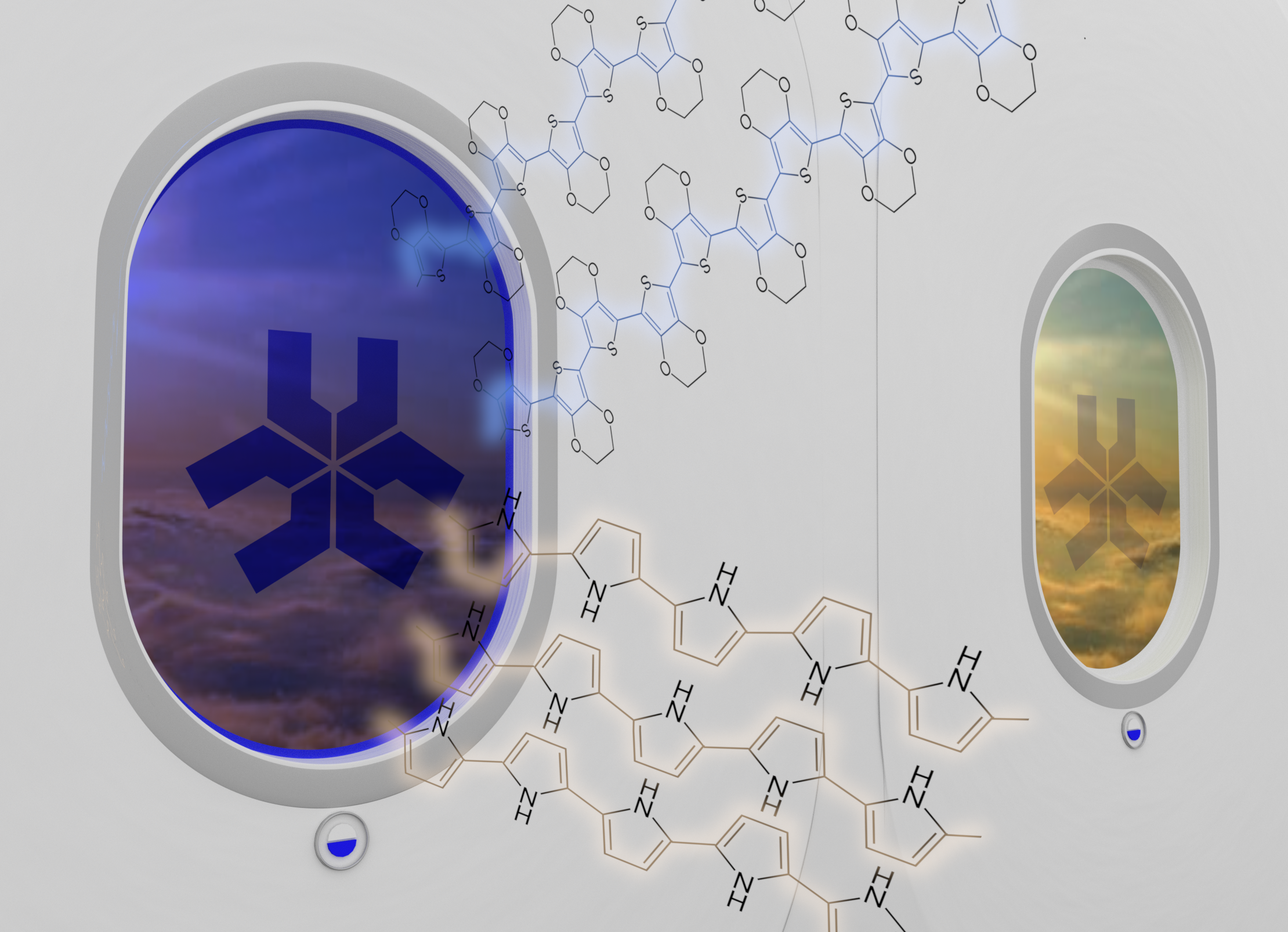Electrochromic Advances – Published Manuscript

Research out of the Laboratory of Organic Electronics at Linkoping University, Sweden has been recently published presenting advancements in electrochromic technology. The new technology involves the patterning of organic materials called conductive polymers using UV-light. The publication investigates using patterned conductive polymers for electrochromic applications, in other words, displays that show an image or logo which change within seconds with the onset of a voltage. The researchers showed logos of the university completely disappear with a change in voltage due to the UV-light treatment.
Here’s what lead author Dr Brooke had to say about the publication:
‘Organic electrochromic materials are interesting for display and advertising applications due to their relative low cost, availability, ease of processing and flexibility. Patterning of these types of materials usually requires expensive equipment or sequential steps taking long periods of time. The UV-light patterning technique within this publication avoids both situations while providing a unique advantage of patterning images or logo into the conductive polymers.
The patterns and logo created with this technique showed interesting electrochromic properties that allowed the images to completely disappear due to a change in optical properties. This unique property presents an opportunity for electrochromic display technology to show dual images as shown in the publication.
We plan to develop this technology by investigating non-planar surfaces and flexible substrates further to fully exploit the potential applications.’
Conceptualized.tech created the concept applications of the paper to highlight where this type of technology could be applied.
The article can be found here:
http://pubs.rsc.org/en/Content/ArticleLanding/2018/TC/C7TC05833K#!divAbstract
advanced concept conceptualize conceptualized graphic hitech illustration materials render sciart scicomm science scientific tech technology

